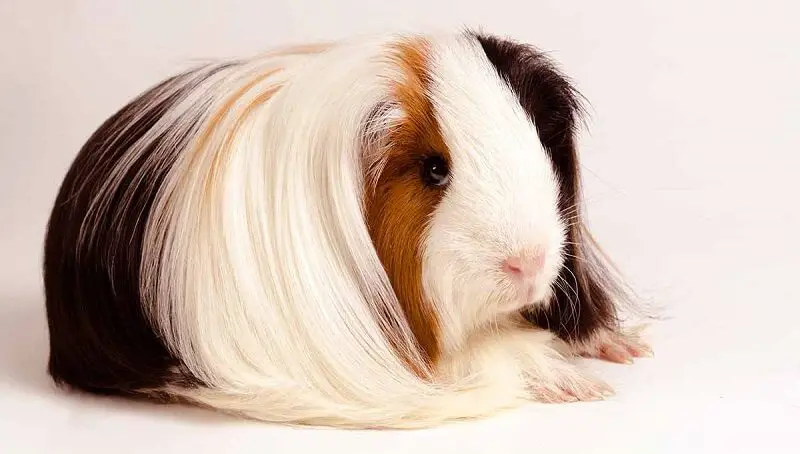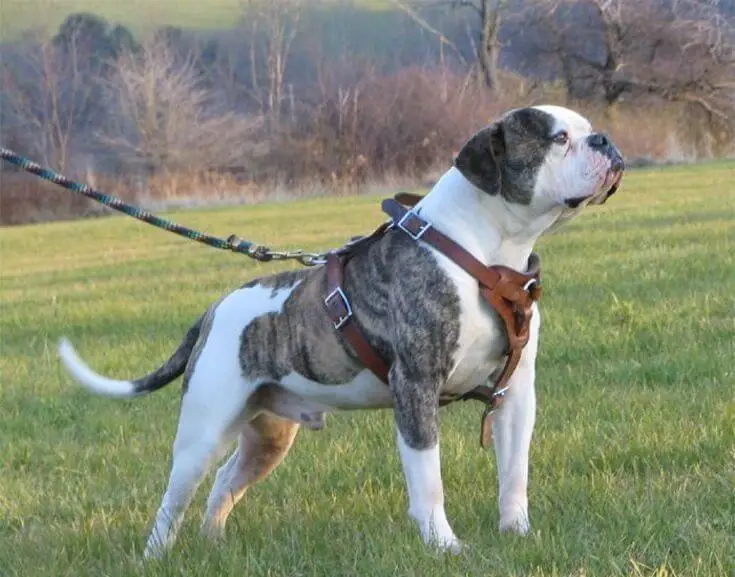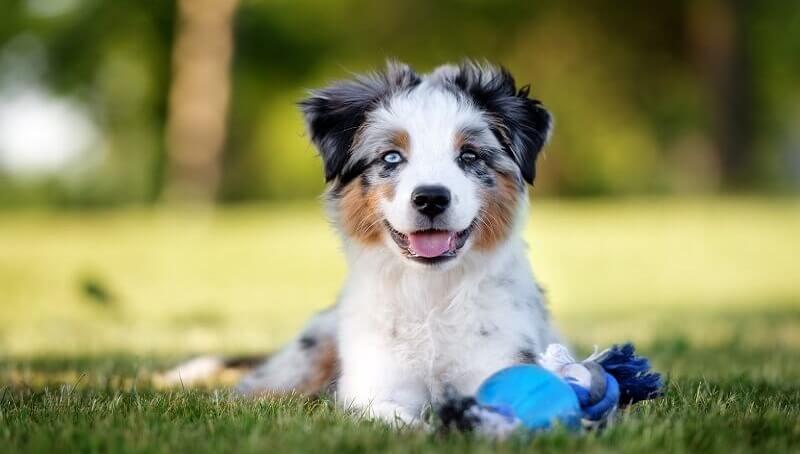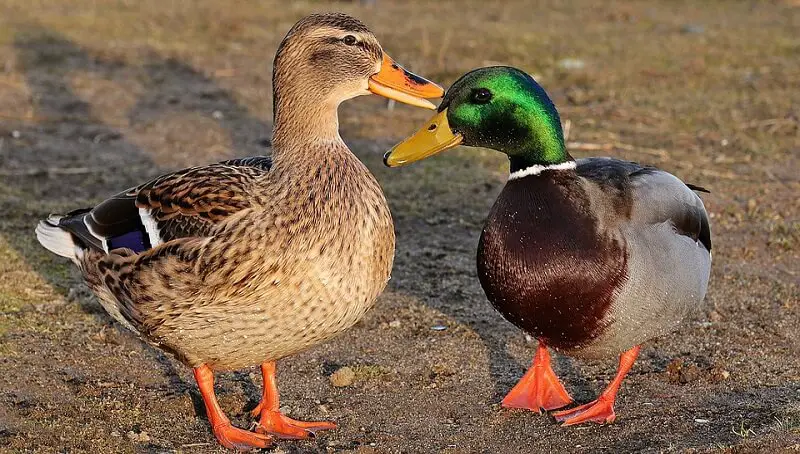Long-haired guinea pig breeds appeared in the 16th century when they were brought to France by European traders.
When it comes to small pets, many opt for the cute and adorable guinea pig. As a very popular first pet, guinea pigs usually behave well with children. There are several types of guinea pigs, but among the more unique-looking varieties are long-haired guinea pig breeds. The most common varieties of this type of guinea pig are Abyssinian, Coronet, Peruvian, Silkie, and Texel. In this article, we will see how to care for the long-hair of these breeds of guinea pigs.
Types of guinea pigs with long hair
Each breed of long-haired guinea pig has its own coat appearance. Some breeds have curly hair like the Texel, others have long silky fur like Silkie, Peruvian, or Coronet. The Peruvian breed sometimes shows hair whorls, and its face is not covered with hair.
The best advice is to keep your pet as clean as possible, following a well-established routine.
Grooming the fur
You might also like my articles about:
Caring for long-haired guinea pigs requires greater commitment than for their short-haired counterparts. Their coat is beautiful, but they can be a challenge to maintain.
Depending on the breed of your guinea pig, you will need to brush its fur more often or less often. Thus, for long-haired breeds such as Coronet, Angora, Sheltie, etc. it is good to brush their fur at least twice a week, and for breeds that have thicker and curlier type fur, brushing will be avoided, and the fur should be uncluttered with the fingers while the knots can be cut with scissors.
They need careful combing with a stainless-steel comb along with regular professional care so that their fur, skin, and nails remain in good condition. A wire brush is not recommended as it can irritate their skin.
The guinea pig’s bedding should be kept clean. Urine and feces can adhere to the long hair of guinea pigs. Some owners will try to trim the fur so that they do not collect so much debris in it.
The claws
Depending on the breed, the nails will be cut once every two weeks or once a month, so that their growth does not cause them injuries. Cutting the claws will be oblique and the owner will keep a distance of 2 mm from the vein. This process can be a little more difficult at first if the guinea pig is dark in color and the veins are not very visible. It is always a good idea to call the veterinarian, as he can do it properly and safer.
Bathing
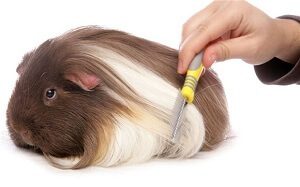 When choosing a long-haired guinea pig, you should know from the start that they are more disordered than short-haired ones and will need to be cleaned more often. This can be done at home if pet owners understand safe handling, especially in the bathtub or sink.
When choosing a long-haired guinea pig, you should know from the start that they are more disordered than short-haired ones and will need to be cleaned more often. This can be done at home if pet owners understand safe handling, especially in the bathtub or sink.
As for bathing, you should know that guinea pigs are not big fans of it, especially since shampoo removes good fats from their skin. If you have to bathe it, then you will choose a special shampoo and you will be careful not to water the head, eyes, or nose. Drying the coat should be done with the dryer at a small step and a considerable distance from it. Then comb the coat to remove any hairs.
When bathing these pets, you can use a hypoallergenic shampoo for dogs and cats, and never use a leave-in conditioner or products, as most guinea pigs clean each other.
If you bathe the guinea pig in the sink or bathtub, place a towel on the bottom of the sink or bathtub to help them feel safe and avoid any slip problems. Holding them gently with one hand while washing with the other will prevent sudden jumps that can cause an accidental fall. After bathing, it is important to clean and dry both sides of the ears. Never put an ear stick inside their ear.
Avoid bathing puppies under 2 months of age, pregnant or breastfeeding females as much as possible! If this is not possible, bathing these categories will be done without shampoo or soap.
Is the long-haired guinea pig the right pet for you?
Long-haired guinea pigs are calmer than other breeds and like to be cared for. They are wonderful pets that you can enjoy with your children, making them ideal pets for those who understand their care requirements. The only disadvantage is they need more care and grooming.
Their cages should be kept clean, and their daily diet should include greens, hay, fresh water, fresh vegetables, a minimum amount of pellets, and vitamin C supplement.
Final words!
Before bringing home a long-haired guinea pig, make sure you understand its needs, weekly home care requirements, and safe handling. Inform yourself in advance to properly receive your new quadruped family member at home.
